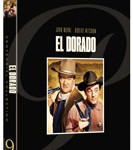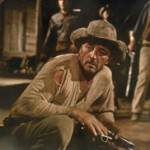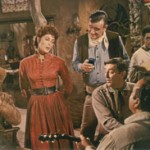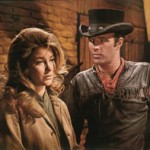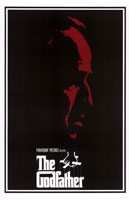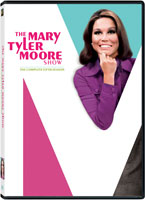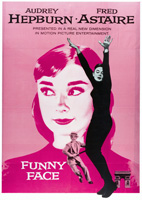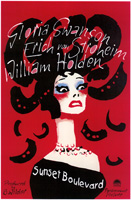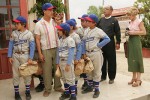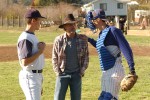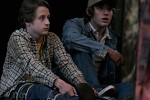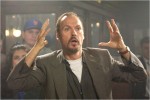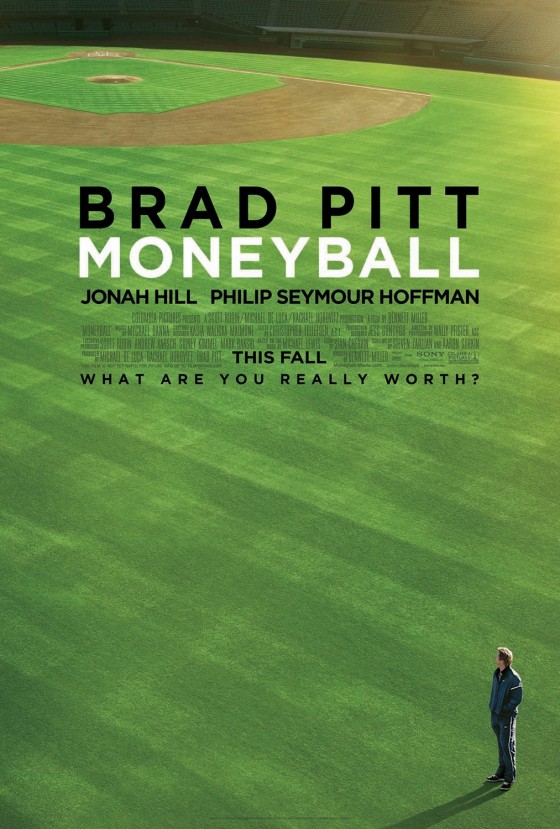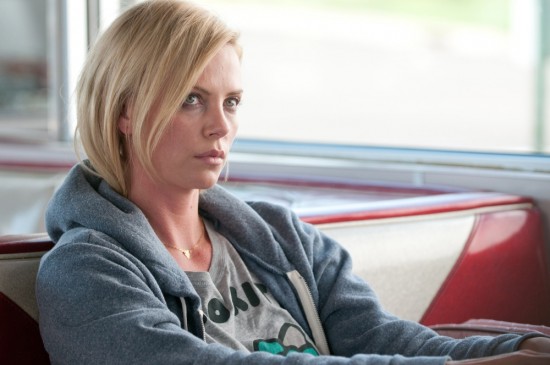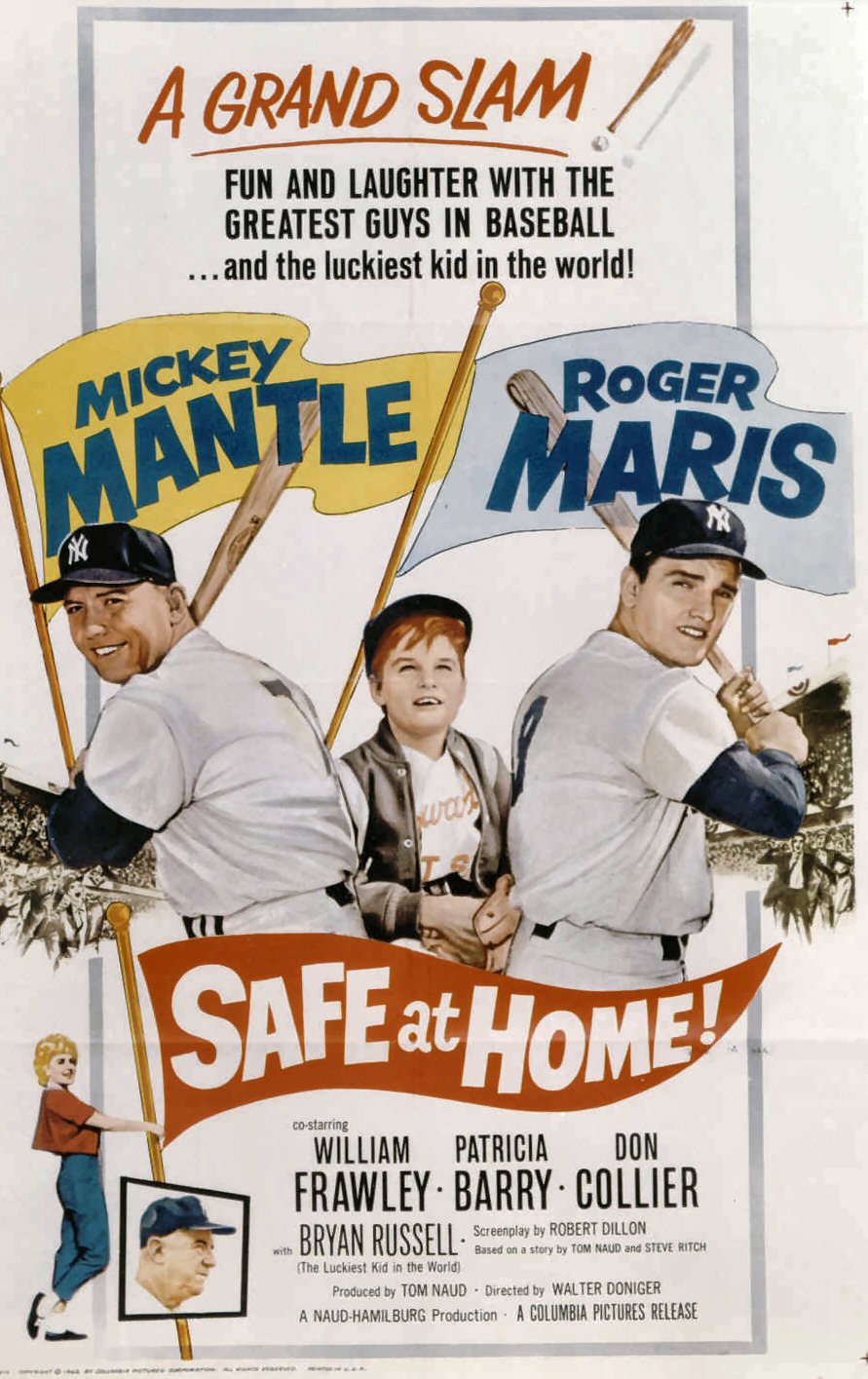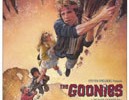Hollywood’s fascination with the expansion and establishment of the West is filled largely with heroes and rogues who fall into line with the sides in which they’ve chosen. During its peak period during the 50s and into the 60s, the Western genre celebrated its good guys and made you look down on their often cowardly enemies. In Howard Hawks’ El Dorado, the lines aren’t so obvious. While the bad guys are certainly bad, the good guys aren’t far off.
Cole Thorton (John Wayne) and J.P. Harrah (Robert Mitchum) share their glory days together. Both legends with the gun, they made names for themselves not just by fighting on the side of the law but surviving to speak about it. Now a sheriff, Harrah is also a drunk. He’s become the laughing stock of his town and it’s only a matter of time before his badge is surrendered to a sober and smarter foe.
Thorton has spent the last several years selling himself and his services. When he hears word that Harrah’s to be challenged, Thorton heads back to El Dorado to warn and assist his comrade. He’s joined by green gunslinger Mississippi (James Caan) who recently avenged his best friend’s murder by tracking down and killing the men responsible.
The greatest strength of El Dorado is its characters. Although there’s clear heroes and villains to the viewer, there’s the suggestion that it wasn’t so simple. How many good guys hobnob and consider offers from the bad guys like Thorton did on multiple occasions? How many brave sheriffs are labelled as drunks like Harrah? It’s these small details that make El Dorado unique from its Western brethren.
But if you’ve seen more than two or three Westerns, there’s still something very familiar about El Dorado. Perhaps this stems from watching it more than 40 years after its release and being exposed to many modern Westerns made in El Dorado’s shadow. Still, seeing it today, other than the characters, the film is very predictable. The spins on the characters are more challenges that each face and as they work out their demons and make their choices on where to stand, El Dorado hits the status quo.
That’s not to say that it’s not a fun film. It is. Hawks and his cast and crew make El Dorado seem so easy. It’s like a refined blockbuster that’s confident in hitting its ability to hit the right notes. Hawks plays off the genre with great familiarity, creating something of a genre comfort food that doesn’t venture far into new territory. At the same time El Dorado does the Western basics well enough to make it work.
El Dorado DVD Review
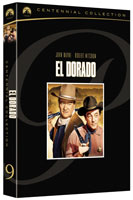
El Dorado marks the ninth release in Paramount’s classy Centennial Collection. The two-disc set balances a strong presentation with a strong collection of bonus features to make for one excellent package. The film is shown in an enhanced widescreen format that looks lovely given its age. Audio is in Dolby Digital mono English, French and Spanish. Subtitles are also available in all three languages.
Filmmaker Peter Bogdanovich leads the first of two commentary tracks. He provides a fascinating insider’s view of the film as well as the people involved. The second commentary features film historian Richard Schickel giving an expectedly historical perspective on things. Actor Ed Asner and Hawks biographer Todd McCarthy also offer some insights. The second disc is led by the seven-part featurette “Ride, Boldly Ride: The Journey to El Dorado,” which makes for an extensive 40-minute look at the making of the film. “The Artist and the American West” is an art history student’s dream – a featurette stright out of 1967 that gives the era’s perspective on Western paintings. Film producer A.C. Lyles pays tribute to John Wayne in El Dorado’s instalment into the “Behind the Gates” series that runs through all of Paramount’s Centennial Collection releases looking at the studio’s history. Additional features include a photo gallery of production stills and lobby cards, a six-page full-color booklet and the original theatrical trailer.
El Dorado Gallery
Trailer
